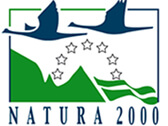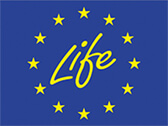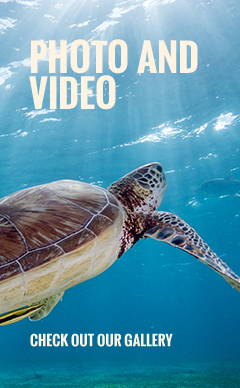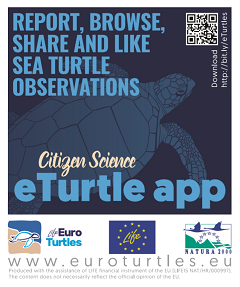Fisheries impact mitigation
The project will tackle the problem of sea turtle by-catch through four multiple and synergic actions.
First, the project will reduce the post-release mortality of turtles, i.e. the mortality suffered by turtles that are released alive by fishermen but that will die later on. This represent a large proportion on the total mortality induced by the capture and can be largely diminished through simple best practice that fishermen may ignore (see section “How fishermen can help”). Hence, the project will provide fishermen with information about (i) the conservation problem represented by the sea turtle mortality induced by the specific fishing gears used by the fishermen (e.g. trawl nets, longlines, gill nets), (ii) the specific mortality factors associated with the different fishing gears, (iii) the simple treatment techniques fishermen can adopt on board in order to dramatically reduce the mortality of sea turtles after their release (outlined above). In Greece, the project will supply long-liners with a special tool –line cutter- which allows fishermen to cut the line close to the mouth of a captured turtle without bringing it onboard.
Second, the project will reduce interaction of fishing and turtles in 8 areas in 5 countries previously identified as key foraging or internesting grounds frequented by high numbers of sea turtles and where turtles are subjected to a high anthropogenic mortality due to fisheries interaction. Fishers will be contacted to participate in the project on a voluntary basis, in order to help collect data on the location of captured turtles – also through a specifically designed App for smartphones – and avoid the areas where turtle catch rate is higher (hot-spots) if in alternative areas the catch rate of target species is equivalent. Additional information about hot-spot areas will be obtained through aerial surveys with unmanned aerial vehicles (UAV), traditional airplanes or underwater remotely operated vehicle (ROV) and by tracking about 100 turtles by-caught during the fishing activities of the collaborating boats or found while nesting.
Third, the project will introduce a new method for reduction of sea turtle bycatch in static nets (gill-nets and trammel nets) in the fisheries of 3 EU countries (Croatia, Cyprus, Slovenia), based upon application of visual deterrents. Entanglement of sea turtles in gillnets is a result of their sensory behaviour and inability to detect the thin-line filaments of a net, and increasing the visibility of the net increases the capability of turtles to detect and avoid the net. A growing body of evidence in the last decade showed that small-scale, coastal, static net (gill-net) fisheries present one of the major threat to many sea turtle populations worldwide. Recent conservative estimates from the Mediterranean showed that small-scale set net fisheries are responsible for over 22,000 sea turtle captures per year, with a mortality as high as 60%, which makes this method the deadliest of all fishing methods. Sea turtles are air-breathers, and high mortality of entangled turtles is connected with drowning due to long soak-time of gillnets, usually of about 12 hours. Within the Mediterranean, shallow foraging grounds of loggerhead turtles in the north-central Adriatic represent one of the hotspot of turtle’s bycatch in static nets (gill-nets) and it is a known problem in Cyprus too. Until recently, reduction of fishing effort was thought to be the solely available approach. However, new studies using visual deterrents – illumination of nets by green-coloured light-emitting diodes (LED) to increase gear visibility showed reduction of bycatch by about 40%. In order to introduce this gear modification as a mitigation measure for sea turtle bycatch, it should not significantly reduce the catch of target species, therefore the project will also test this aspect.
Fourth, the project will reduce the number of incidental entanglement and death of sea turtles in “ghost gears” (fishing gears being lost or discarded by fishermen, but continuing to catch and kill marine animals) in 2 areas in Cyprus and Greece which are frequented by sea turtles (both Caretta caretta and Chelonia mydas) and where sea turtle mortality is suspected due to entanglement in ghost gear. These areas will be surveyed in order to identify the exact location of ghost gear and determine to what extend their removal is possible by divers or fishers. Local diver groups and fishermen will be contacted in order to remove the ghost gears. Collection bins will be placed on land in order to be used by the professional fishermen for placing their unwanted fishing gear they wish to discard. The ghost gear will be separated into categories according to type, and a proper disposal/recycle strategy will be developed. Discussion with fishermen for ways to minimize the loss and abandonment of fishing gear will be conducted. Further, a report with a Code of Conduct for fishermen in regards to fishing gear loss and abandonment will be produced. Awareness campaigns at the local ports, to raise awareness among fishermen on the impact of ghost gear, will be carried out.



